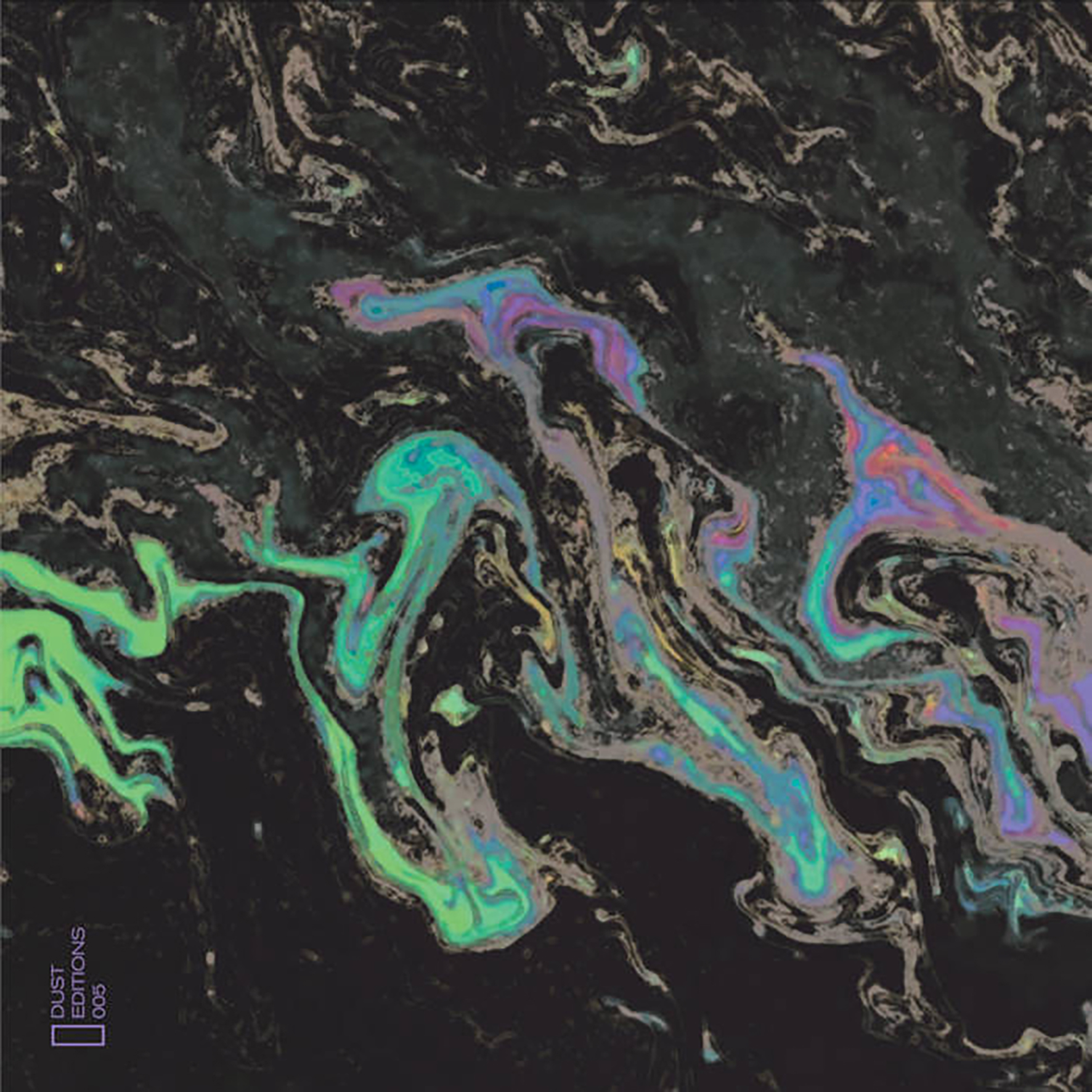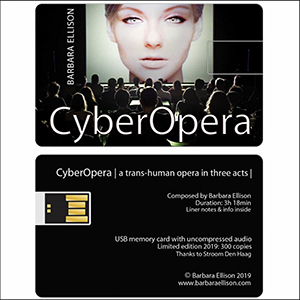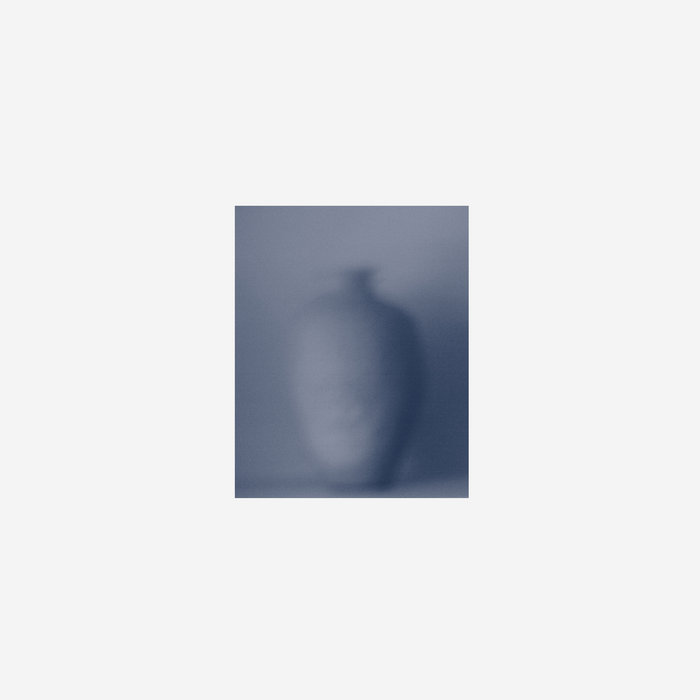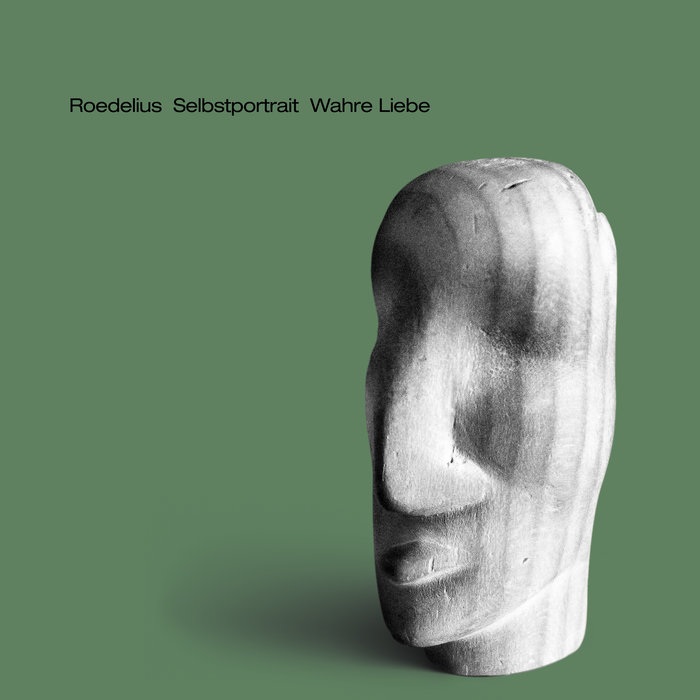 Billed as a thematic successor to 2017's Toxic City Music, Evan Caminiti's latest release delves even deeper into the fragmented and deconstructionist dub experimentation of its predecessor. In a few important ways, however, Varispeed Hydra is a very different album. For one, it is conceptually inspired by rural sounds and the fragility of the natural environment rather than by dystopian urban environments. More significantly, Caminiti's music subverts traditional dub techno structures in an even more challenging way, often distilling the form down to just a few simple chords expanding and contracting in a disorienting state of suspended animation. Given that pointed lack of hooks, rhythm, or harmonic evolution, Varispeed Hydra is not the easiest Caminiti album to love, but he manages to make the paroxysms of that hyper-limited palette far more compelling than I would have expected.
Billed as a thematic successor to 2017's Toxic City Music, Evan Caminiti's latest release delves even deeper into the fragmented and deconstructionist dub experimentation of its predecessor. In a few important ways, however, Varispeed Hydra is a very different album. For one, it is conceptually inspired by rural sounds and the fragility of the natural environment rather than by dystopian urban environments. More significantly, Caminiti's music subverts traditional dub techno structures in an even more challenging way, often distilling the form down to just a few simple chords expanding and contracting in a disorienting state of suspended animation. Given that pointed lack of hooks, rhythm, or harmonic evolution, Varispeed Hydra is not the easiest Caminiti album to love, but he manages to make the paroxysms of that hyper-limited palette far more compelling than I would have expected.
Two new shows just for you. We have squeezed out two extended release episodes for this weekend to get you through this week. They contain mostly new songs but there's also new issues from the vaults. The first show features music from Rider/Horse, Mint Field, Robert Aiki Aubrey Lowe, Anastasia Coope, ISAN, Stone Music, La Securite, Bark Psychosis, Jon Rose, Master Wilburn Burchette, Umberto, Wand, Tim Koh, Sun An, and Memory Drawings. The second episode has music by Laibach, Melt-Banana, Chuck Johnson, X, K. Yoshimatsu, Dorothy Carter, Pavel Milyakov, Violence Gratuite, Mark Templeton, Dummy, Endon, body / negative, Midwife, Alberto Boccardi, Divine. Cow in Maui from Veronika in Vienna. Get involved: subscribe, review, rate, share with your friends, send images! |



 Opera is not exactly a style of music that has overlapped much with modern electronic and experimental genres. Perhaps it is the long-form nature, or the innately organic nature of works built heavily around the human voice, but either way, it has not been a major crossover style in my experience. As an outgrowth of her CyberSongs project, Barbara Ellison has decided to tackle this challenge. Using computer modeled speech and instrument samples, along with a healthy dose of processing and audio treatments, the final product is a diverse mix that clearly draws from operatic structures and elements, but results in something that transcends the style entirely.
Opera is not exactly a style of music that has overlapped much with modern electronic and experimental genres. Perhaps it is the long-form nature, or the innately organic nature of works built heavily around the human voice, but either way, it has not been a major crossover style in my experience. As an outgrowth of her CyberSongs project, Barbara Ellison has decided to tackle this challenge. Using computer modeled speech and instrument samples, along with a healthy dose of processing and audio treatments, the final product is a diverse mix that clearly draws from operatic structures and elements, but results in something that transcends the style entirely. Japanese guitarist Leo Takami's music will be very familiar to fans of Bill Frisell, with its pure, clean guitar tone, and meditative instrumentals. The whole album has a very open feel to it, as if it was recorded in a great hall, but in the style of a calm reverie you might imagine wafting into a hidden away temple for reflection. It also calls to mind Eyvind Kang and all smooth jazz pioneers who pair rock song structures with the strings and winds of chamber music arrangements.
Japanese guitarist Leo Takami's music will be very familiar to fans of Bill Frisell, with its pure, clean guitar tone, and meditative instrumentals. The whole album has a very open feel to it, as if it was recorded in a great hall, but in the style of a calm reverie you might imagine wafting into a hidden away temple for reflection. It also calls to mind Eyvind Kang and all smooth jazz pioneers who pair rock song structures with the strings and winds of chamber music arrangements. It is fair to say that every Midwife release is a deeply personal one, as Madeline Johnston has never been one to mask her true feelings with ambiguously poetic language or aesthetic distance. This second full-length is an especially heavy one though, as it was composed as a sort of letter to Johnston's late friend Colin Ward (the two were roommates at Denver's beloved former DIY art space Rhinoceropolis). Fortunately, cathartically transforming dark emotions into powerful art has always been where Johnston shines the brightest and that remains as true as ever with Forever. In fact, she has arguably only gotten better, as Forever's lead single "Anyone Can Play Guitar" actually gave me chills the first time I heard it. Thankfully, the other five songs do not pack quite as much of an emotional gut punch, making this album considerably more well-suited for repeat listening than, say, Mount Eerie’s similarly inspired (and emotionally devastating) A Crow Looked at Me. There is certainly plenty of pain and anger to be found on Forever, but that darkness is beautifully mingled with warmth, hopefulness, and a characteristically unerring instinct for great songcraft.
It is fair to say that every Midwife release is a deeply personal one, as Madeline Johnston has never been one to mask her true feelings with ambiguously poetic language or aesthetic distance. This second full-length is an especially heavy one though, as it was composed as a sort of letter to Johnston's late friend Colin Ward (the two were roommates at Denver's beloved former DIY art space Rhinoceropolis). Fortunately, cathartically transforming dark emotions into powerful art has always been where Johnston shines the brightest and that remains as true as ever with Forever. In fact, she has arguably only gotten better, as Forever's lead single "Anyone Can Play Guitar" actually gave me chills the first time I heard it. Thankfully, the other five songs do not pack quite as much of an emotional gut punch, making this album considerably more well-suited for repeat listening than, say, Mount Eerie’s similarly inspired (and emotionally devastating) A Crow Looked at Me. There is certainly plenty of pain and anger to be found on Forever, but that darkness is beautifully mingled with warmth, hopefulness, and a characteristically unerring instinct for great songcraft. I was legitimately blindsided by Clarice Jensen's wonderful 2018 debut (For This From That Will Be Filled), but it left me with absolutely no idea what to expect from her in the future, as it was an unusual collection consisting of a collaboration, an ambitious solo composition, and a piece composed by Michael Harrison. As such, it was hard to tell if Jensen was a brilliant cellist with great taste, an extremely promising composer, or both. With the spellbinding The Experience of Repetition as Death, Jensen definitively confirms that she is indeed both, as she ingeniously employs loops and effects to craft a beguiling, varied, and richly textured five-song suite inspired by personal tragedy, Freud, and Adrienne Rich. Though death is a definite and deliberate theme, Jensen transforms it into something sublime, transcendent, and achingly beautiful. Moreover, the album's mesmerizing centerpiece ("Holy Mother") completely decimates any preexisting conceptions I had regarding what one person can achieve with a cello.
I was legitimately blindsided by Clarice Jensen's wonderful 2018 debut (For This From That Will Be Filled), but it left me with absolutely no idea what to expect from her in the future, as it was an unusual collection consisting of a collaboration, an ambitious solo composition, and a piece composed by Michael Harrison. As such, it was hard to tell if Jensen was a brilliant cellist with great taste, an extremely promising composer, or both. With the spellbinding The Experience of Repetition as Death, Jensen definitively confirms that she is indeed both, as she ingeniously employs loops and effects to craft a beguiling, varied, and richly textured five-song suite inspired by personal tragedy, Freud, and Adrienne Rich. Though death is a definite and deliberate theme, Jensen transforms it into something sublime, transcendent, and achingly beautiful. Moreover, the album's mesmerizing centerpiece ("Holy Mother") completely decimates any preexisting conceptions I had regarding what one person can achieve with a cello. This latest release from Félicia Atkinson is ostensibly a minor and somewhat transitional one, as it is a cassette intended as a sort of culminating document of a year spent traveling and performing. As with all recent Atkinson releases, however, the reality is far more complex, enigmatic, and deeply conceptual than anything that can be easily summarized in just one sentence. Partly inspired by the paintings of Helen Frankenthaler and partly intended as "a reassessed document of public performance with improvised studio interventions acting to break the linear stream of the live-on-stage temporality," Everything Evaporate is an intriguing and sophisticated release that seems to exist at the borderline of form and dreamlike abstraction. As such, it is not the optimal entry point for the curious (that would be 2019's The Flower and the Vessel), but deep listening reveals this release to be every bit as absorbing as the rest of Atkinson's recent hot streak.
This latest release from Félicia Atkinson is ostensibly a minor and somewhat transitional one, as it is a cassette intended as a sort of culminating document of a year spent traveling and performing. As with all recent Atkinson releases, however, the reality is far more complex, enigmatic, and deeply conceptual than anything that can be easily summarized in just one sentence. Partly inspired by the paintings of Helen Frankenthaler and partly intended as "a reassessed document of public performance with improvised studio interventions acting to break the linear stream of the live-on-stage temporality," Everything Evaporate is an intriguing and sophisticated release that seems to exist at the borderline of form and dreamlike abstraction. As such, it is not the optimal entry point for the curious (that would be 2019's The Flower and the Vessel), but deep listening reveals this release to be every bit as absorbing as the rest of Atkinson's recent hot streak. Beatriz Ferreyra, former pupil of Gorgy Ligeti, is an experimental music composer with many distinguished accolades. An academic who has published notable papers, she now works as a free composer taking commissions for concerts, festivals, ballets, and films. On Echos+, we hear her in peak form crafting intriguing and unique experiments in vocal manipulation. She uses the voice as base material for stereo-shifting computer music creations that arrest and delight.
Beatriz Ferreyra, former pupil of Gorgy Ligeti, is an experimental music composer with many distinguished accolades. An academic who has published notable papers, she now works as a free composer taking commissions for concerts, festivals, ballets, and films. On Echos+, we hear her in peak form crafting intriguing and unique experiments in vocal manipulation. She uses the voice as base material for stereo-shifting computer music creations that arrest and delight. Hans-Joachim Roedelius is better known for his work as a founding member of the bands Cluster and Harmonia, both household names for fans of 1970s krautrock. This solo album, Selbstportrait Wahre Liebe, feels like a more clinical approach to krautrock, with all of the difference and repetition and none of the bombast. Filled with stately electronic keyboards and synthesizers, this minimalist document has the hair-raising effect of a calm, deliberate tea ceremony.
Hans-Joachim Roedelius is better known for his work as a founding member of the bands Cluster and Harmonia, both household names for fans of 1970s krautrock. This solo album, Selbstportrait Wahre Liebe, feels like a more clinical approach to krautrock, with all of the difference and repetition and none of the bombast. Filled with stately electronic keyboards and synthesizers, this minimalist document has the hair-raising effect of a calm, deliberate tea ceremony. Euzebio is Robert Piotrowicz's first record of solely modular synthesis after a period of working within different contexts. The recent
Euzebio is Robert Piotrowicz's first record of solely modular synthesis after a period of working within different contexts. The recent  The start of the album made me think of what my grandmother would have said: "What is this twaddle?" and "Is this what you call music?" White is foremost a drummer, first founding Dirty Three with Warren Ellis and Mick Turner, and with bands as varied as Cat Power, PJ Harvey, and The Blackeyed Susans. Conversely, Marisa Anderson is a classically trained master of melancholic guitar rooted in American folk, neo-classical and African guitar styles, with an early foundation in country, jazz and even circus bands. With musicians as these at the helm, this becomes perfect jam music; not jam as in "jam band" or Grateful Dead, but a rich psychedelic tapestry woven by practiced hands that take pleasure in breaking the rules of jazz foundations and serve to transport the listener to new heights.
The start of the album made me think of what my grandmother would have said: "What is this twaddle?" and "Is this what you call music?" White is foremost a drummer, first founding Dirty Three with Warren Ellis and Mick Turner, and with bands as varied as Cat Power, PJ Harvey, and The Blackeyed Susans. Conversely, Marisa Anderson is a classically trained master of melancholic guitar rooted in American folk, neo-classical and African guitar styles, with an early foundation in country, jazz and even circus bands. With musicians as these at the helm, this becomes perfect jam music; not jam as in "jam band" or Grateful Dead, but a rich psychedelic tapestry woven by practiced hands that take pleasure in breaking the rules of jazz foundations and serve to transport the listener to new heights.
